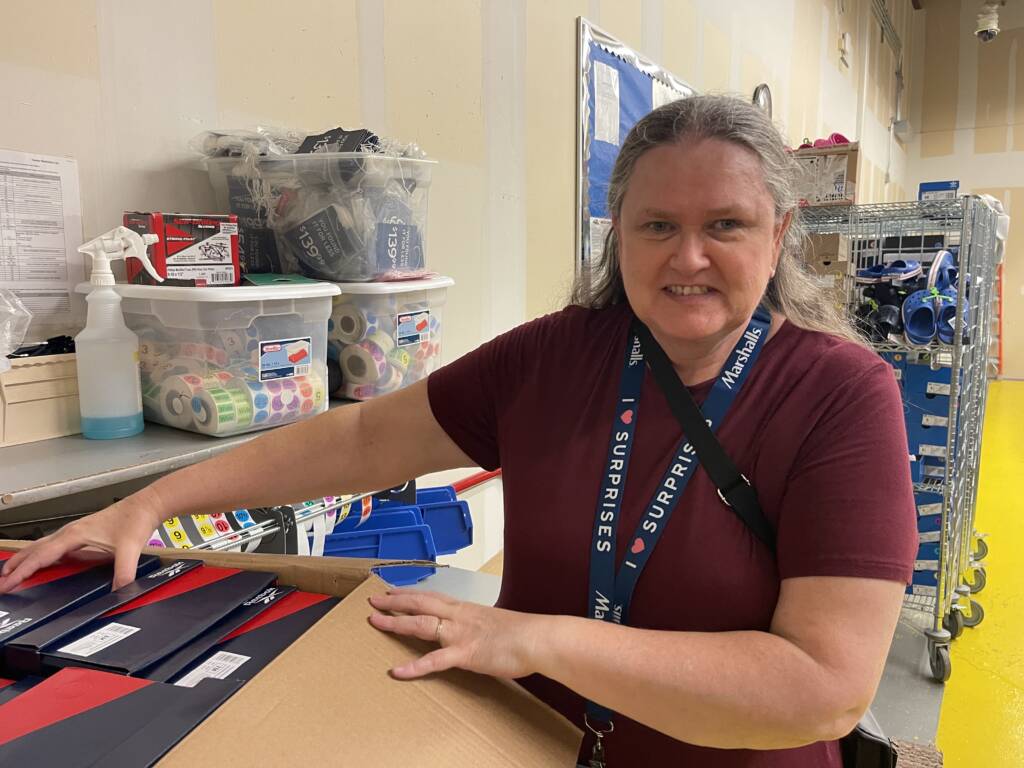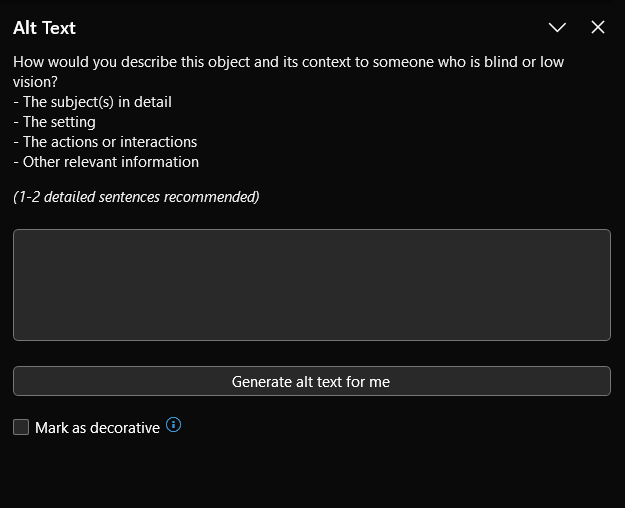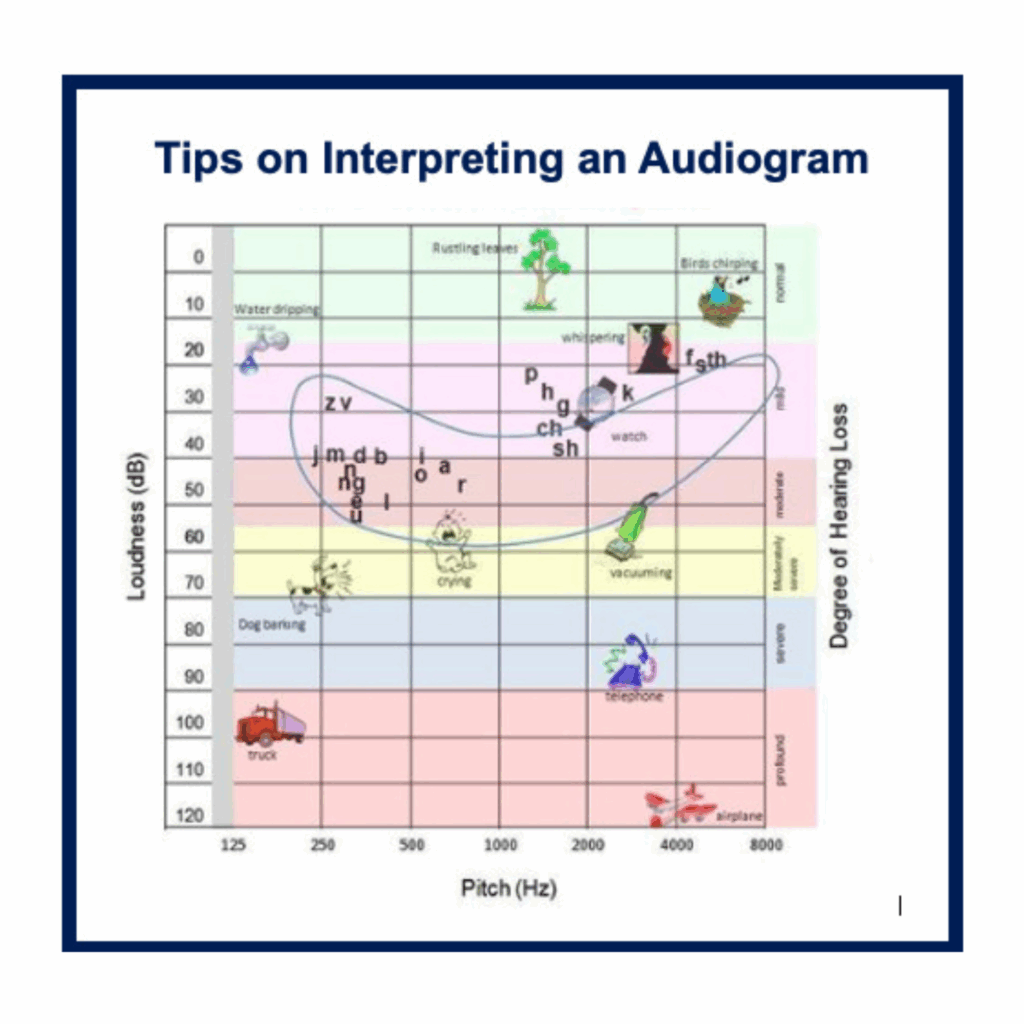Hiring individuals who are DeafBlind can have a positive impact on a business’ revenue and profits. According to a recent study by Accenture, a multinational professional services company, between 2015 and 2018 businesses that offered the most inclusive working environment by employing individuals with disabilities achieved an average of 28% higher revenue, 30% greater economic profit margins, and twice the net income of their industry peers. Hiring people with disabilities can give employers competitive advantages by increasing productivity, creating workplace diversity, expanding markets and profiting from higher retention rates.
Why is an individual who is DeafBlind likely to be an asset to your business?
Individuals who are DeafBlind have demonstrated time and time again to be loyal and dedicated. These candidates are also very desirable because they are creative and great team players – they are accustomed to working in collaboration with others to achieve their goals.
Have you met an individual who is DeafBlind? Most have some vision and /or hearing.
The term DeafBlind refers to a person who has combined vision and hearing loss. Only a small percentage of people who are DeafBlind have absolutely no vision or hearing. Most people who are DeafBlind fall on a spectrum of having some usable hearing and/or vision.
How can you assure good communication with someone who is DeafBlind?
- Ask the individual who is DeafBlind about their communication preferences.
- Make sure that planning and preparation takes place in advance of any meetings.
How can you communicate with an individual who is DeafBlind?
• Sign language (visual or tactual)
• Interpreting services
• Speech and hearing amplification
• Large print
• Speechreading
• Braille
• Communication Cards
• Texting
• Adaptive Technologies
How do you engage an individual who is DeafBlind?
• A simple touch on the shoulder or arm lets the DeafBlind person know you are there.
• Immediately identify yourself by name or sign name if you have one.
• When using an interpreter, speak directly to an individual who is DeafBlind.
• When guiding an individual who is DeafBlind, offer them your arm.
• Make an effort to learn and use whatever method of communication the individual prefers.
• Have an individual who is DeafBlind establish a name sign for you and others.
• Words referencing sight and hearing are frequently used as figures of speech by people of all vision/hearing levels. For example, telling a person who is DeafBlind, “I’ll see you later” or “Talk to you later” is acceptable, as are other references using such words.
Title I of the Americans with Disabilities Act of 1990 states that an employer is required to offer reasonable accommodations for employees with disabilities to perform the essential functions of their jobs, unless this would cause undue hardship.
What are some of the no cost or low-cost accommodations and resources?
It is a common misconception that accommodations are costly to the employer. But in fact, areat no or very little cost. No cost (NC), Low Cost (LC)
Professional Support
• One of the 11 Regional Representatives and a state DeafBlind Employment Specialists (DBES) can work closely with employers to identify and incorporate any accommodations needed for the candidate to thrive in their job including simple communications systems and other training assistance (NC)
• An orientation and mobility specialist can provide training and education to ensure both parties are accustomed and comfortable with safe travel and navigation in the work environment. (NC)
• State Vocational Rehabilitation Counselors can provide support and accommodationequipment to enhance the employee’s opportunities for success (NC)
Modifications to the workplace
• Placing tactile dots on equipment (LC)
• Consider an altered work schedule to accommodate transportation (NC)
• Captioning on videos (LC)
• Interpreting services (LC)
Necessary assistive technology/accommodations sometimes provided by the state vocational rehabilitation agency
• A magnifier/electronic magnifier
• Software for computer magnification and text to speech
• A screen reader or screen reader paired with audio
• Braille display paired with a computer or I-Pad.
• Closed-circuit televisions. (CCTV’s)
A three-month work “try-out” program can be the preferrable way to start.
The individual’s salary is paid by HKNC who also pays for workers compensation and liability insurance.
How to prepare for emergencies?
* An individual who is DeafBlind would adhere to the same emergency rules and regulations as other employees.
• Establish the emergency plan with the DeafBlind employee.
• Enlist the support of an orientation and mobility specialist to acclimate and help plan emergency procedures.
• Make all staff be aware that in the event of an emergency, draw X on the back of an individual who is DeafBlind with their index finger. This will alert the DeafBlind person that there is an emergency and they should follow directions and ask questions later. They can then be guided or find their way to safety.
• In some cases, vibratory or flashing lights can be installed at a low cost.
Join the growing list of employers that are experiencing the profound, multifaceted, andpositive effect that employees who are DeafBlind can have on their business. They have realized that qualified and motivated employees with the HKNC strong support system, reliable communication methods and reasonable accommodations often exceed expectations
Contact Joseph Melillo, National Employment & Business Relations Specialist
516-393-8014 – W
631-432-4823 – C



